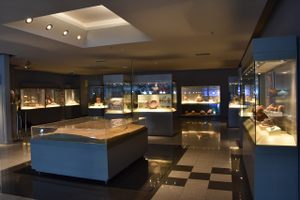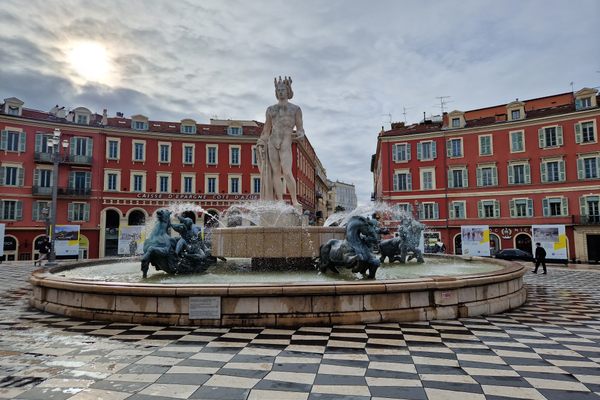About
Lounging near a Grecian hilltop, the ancient stone Lion of Kea is remarkable not only for its relatively good condition, but also for its oddly sunny demeanor.
Carved sometime prior to 600 BCE, the lion is carved from a natural stone slab, some say by the same architect who created the Acropolis. Alternately known as the Lion of Ioulis, the beast is a favorite among both tourists and locals who have named the lion, "Liontas." The creature's ancient existence, if not his strange smile, are thought to be linked to the local mythology.
According to legend, the island of Kea was once home to population of water nymphs whose beauty, long with their lovely island made the gods jealous. As this was almost always a recipe for disaster in ancient Greece, the gods sent a lion to lay waste to the island. A temple was built and the whole affair was smoothed out, but the lion statue remembers the fabled kerfuffle to this day.
No one is certain whether the smile on the lion's face is an intentional feature or simply the product of hilarious weathering, but either way, it continues to be a favorite feature on the island it once supposedly destroyed.
Related Tags
Community Contributors
Added By
Published
September 10, 2014
Sources
- http://www.greeka.com/cyclades/kea/kea-excursions/kea-stone-lion-of-loulis.htm
- http://www.greece.org/poseidon/work/islands2/cyclades/kea/Lion_of_Kea.htm
- http://www.virtualtourist.com/travel/Europe/Greece/Prefecture_of_the_Cyclades/Kea_Island-423363/Off_the_Beaten_Path-Kea_Island-TG-C-1.html
- http://www.discovergreece.com/en/where-to-go/alphabetical/a-z/t/tzia/the-lion-of-ioulis
- http://www.aegeanislands.gr/islands/people-projects-tzia/o-leon.html





















